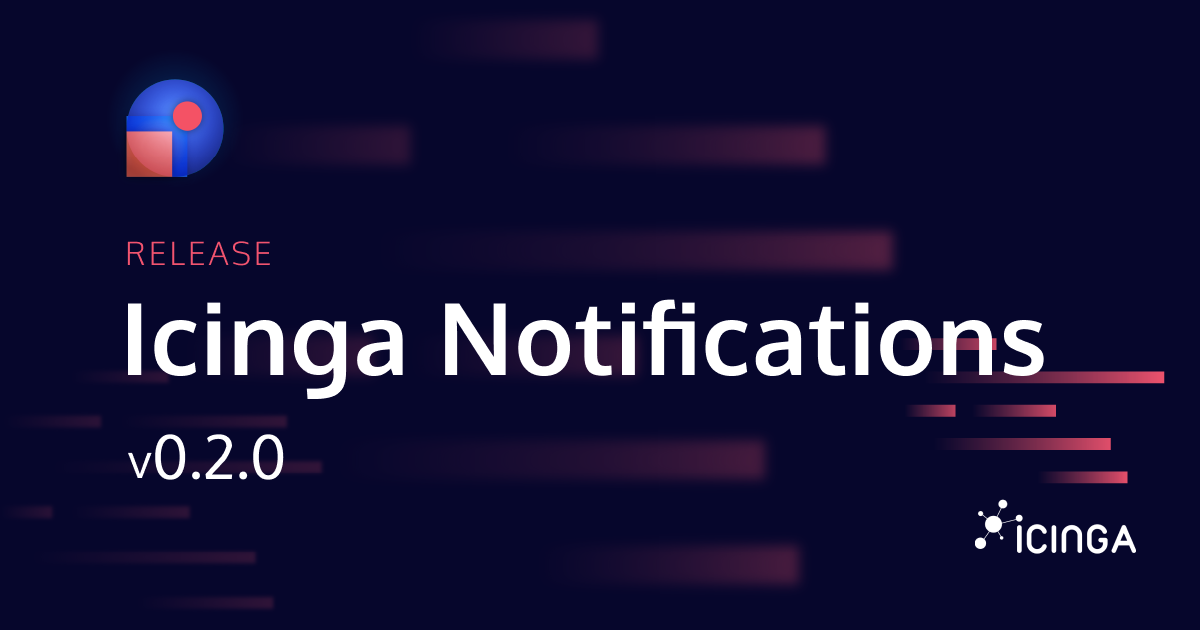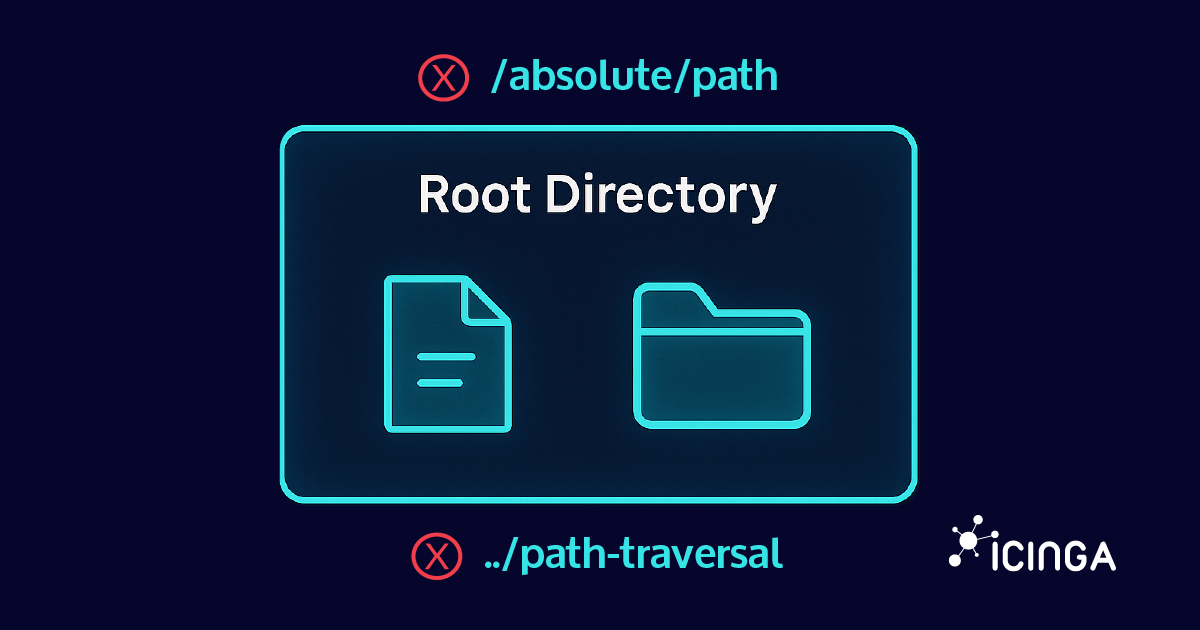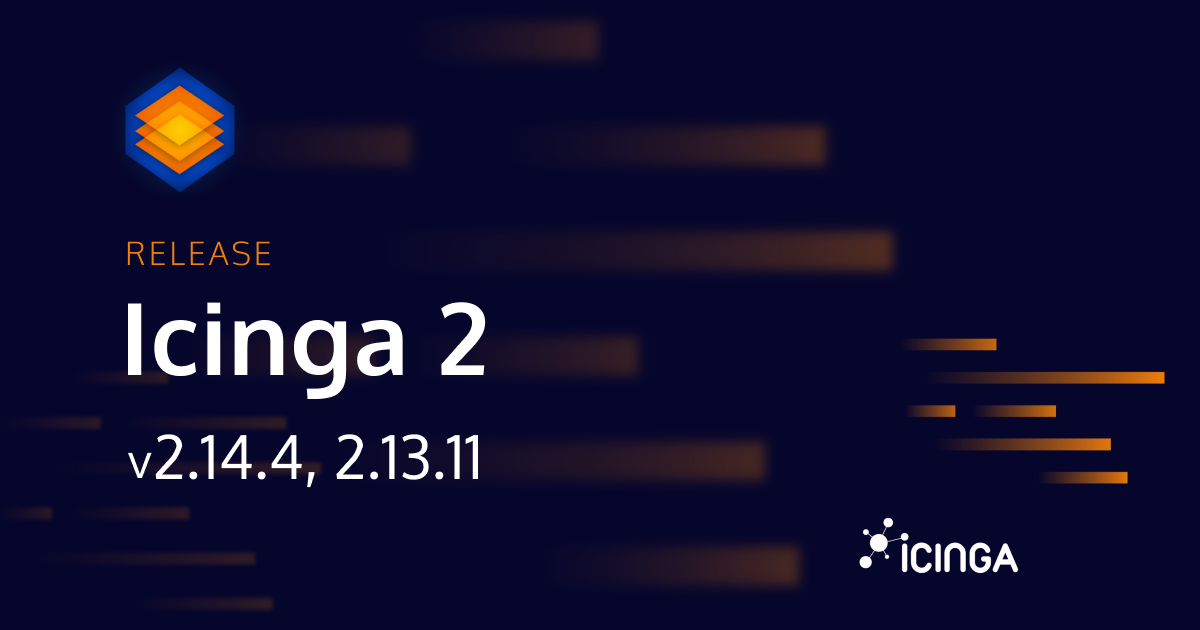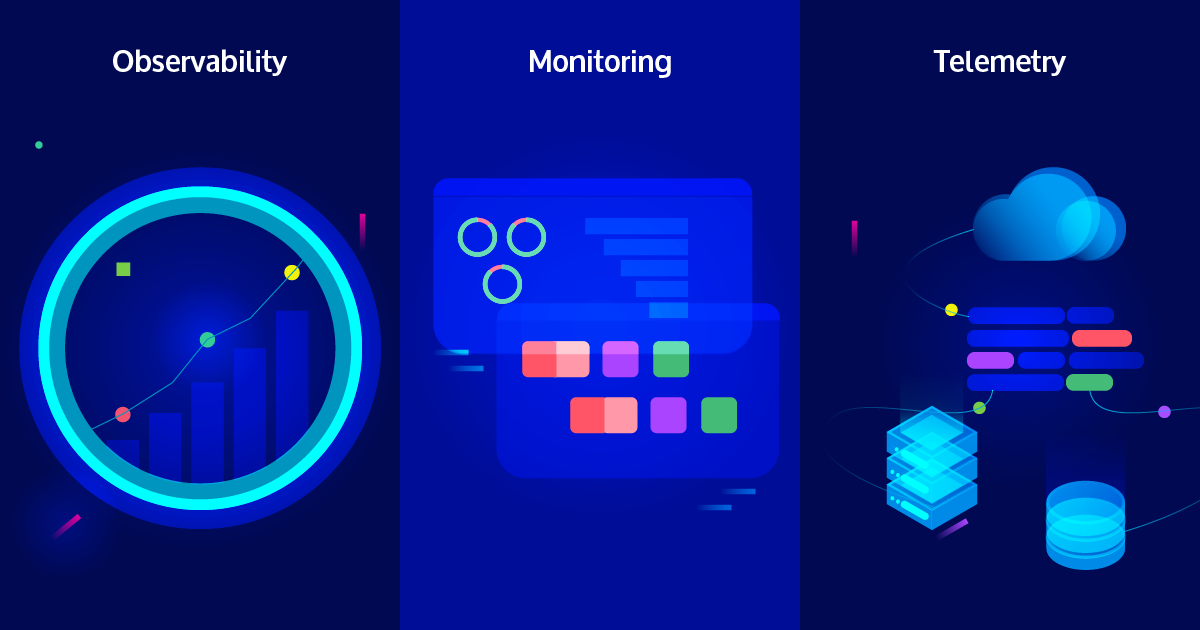A Fresh Take on Form Element Decorators Decorators have always been a powerful concept in Icinga Web’s form system — letting developers control how form elements are displayed without hardcoding...

Ipl-html: Introducing new Form Element Decorators
A Fresh Take on Form Element Decorators Decorators have always been a powerful concept in Icinga Web’s form system — letting developers control how form elements are displayed without hardcoding...

Icinga Notifications v0.2.0 Release
Some of you might have already heard about this at OSMC, or you may have received a release notification from GitHub already: our Icinga Notifications project made a step forward and we are happy to announce that version 0.2.0 is now available for you to try out. It...

Secure File Operations in Go with os.Root: Preventing Path Traversal
Go's os.Root feature, introduced in Go 1.24, is designed to improve filesystem security by restricting operations to a specific directory, making it much harder for attackers to exploit path traversal vulnerabilities. This is especially valuable for scenarios like...
Common cloud monitoring challenges we can overcome!
In today's fast-paced digital landscape, businesses are moving their operations to the cloud more than ever before. This shift brings incredible benefits like scalability, flexibility, and cost-efficiency. While it does introduce various common cloud monitoring...
Releasing Icinga 2 v2.14.4, 2.13.11
Icinga 2 version 2.14.4 and 2.13.11 have been released today. These releases address issues in both Icinga 2 itself and when used together with Icinga DB. They are available both as code - v2.14.4, v2.13.11 - and packaged. Changes in v2.14.4 This bugfix release is...
Women in Tech: My Journey at Icinga
Four years ago I joined Icinga. Back then, everything was new to me: a new team, a new industry, and an exciting challenge. Today, four years later, I look back on an incredible, inspiring journey – one that has taught me so much, both professionally and personally,...
Understanding Observability, Monitoring, and Telemetry Differences
Defining the Terms: Observability, Monitoring, and Telemetry In the realm of IT infrastructure, understanding observability, monitoring, and telemetry is crucial. Each plays a distinct role in system management. While they interconnect, their specific functions...
Monitoring the Monitoring: Demystifying the Icinga DB Health Check
In this post we will take a look at the icingadb check command built into Icinga 2 for monitoring the health of Icinga DB. If you have already configured it, this blog post will give you some insights on what it actually checks, otherwise, it showcases what useful...
Meet the Icinga Team in Ghent!
We invite you to join Icinga COO Blerim Sheqa and our developers for the Icinga Meetup in Ghent (Belgium) on February 5, 2025. This event is part of Config Management Camp 2025 and represents a great opportunity to connect with the Icinga community, learn about the...
Releasing Icinga DB v1.2.1
Today we are releasing a new version of Icinga DB, version 1.2.1, a maintenance release that addresses HA issues and includes a number of other fixes. Most prominent, crashes caused by an invalid HA state were investigated and fixed mainly by the following changes....
Releasing Icinga Director v1.11.3
We are happy to announce the release of Icinga Director version 1.11.3. This release addresses few important bug fixes making Icinga Director more stable. You can find all issues related to this release on our Roadmap. UI This update resolves several errors caused in...
Icinga Notifications – How to Set Up Desktop Alerts
We recently released the beta version of our Notification Web Module, which includes a cool feature that is not yet known to everyone. We named it Desktop Notifications (Browser Push Notifications). With this feature enabled, your browser can send you instant...

Subscribe to our Newsletter
A monthly digest of the latest Icinga news, releases, articles and community topics.










